Dishwasher water consumption

Dishwasher water consumption is very important for any owner. It is necessary to figure out how much water different dishwashers spend in one wash. Another important nuance is what determines the consumption of water per cycle.

What does it depend on?
Water tariffs are steadily increasing, so it is very important to find out what affects the water consumption in the dishwasher. It is customary to divide all devices into 3 categories: high, medium and low efficiency. Compliance with a specific level is marked using letters of the Latin alphabet. In industrialized countries, the production and sale of dishwashers only with a high level of efficiency is allowed: from A to C.
These are the requirements that the products of large well-known companies meet. At the same time, little-known manufacturers from Asian countries still release uneconomical versions. Therefore, the overpayment for the brand when choosing dishwashers soon justifies itself.
The specific level of water consumption is primarily determined by the design specifics of technology and the level of its performance.
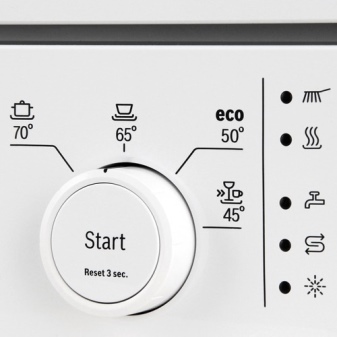
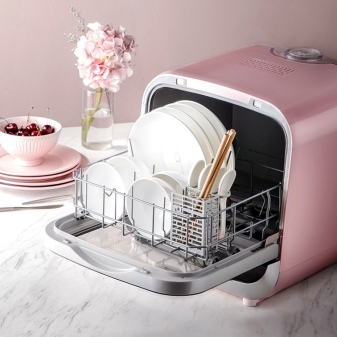
May also affect:
- availability of additional functions;
- the quality of the water itself;
- wear rate;
- literacy of treatment;
- selectable mode.
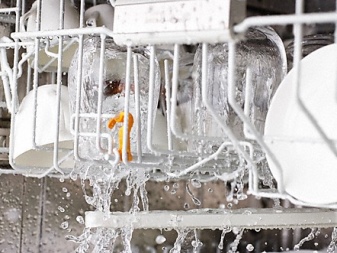
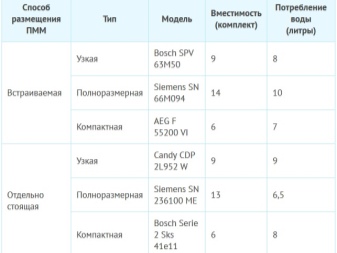
Water consumption by different models
The level of water consumption depends on various reasons.
Depending on the type
How many liters a dishwasher consumes per cycle is usually indicated in a special marking and in accompanying documents. There are 2 marking systems. In one of them, letter, devices are divided into types from A to G. In the alphanumeric system, the gradation is set from the most economical versions of the A +++ level to the most water-intensive systems of the D level. The closer the letter is to the beginning of the alphabet series, and the more pluses, the more efficient the machine turns out to be.
However, how much the system spends per wash depends on some other technical features. Obviously, this parameter is related to the overall load of the working chamber. So, compact modifications, containing from 6 to 8 dish sets, usually spend from 7 to 9 liters when washing. The so-called narrow versions will spend from 9 to 10 liters of liquid per session. Curiously, in doing so, they also tidy up 9 or 10 sets.

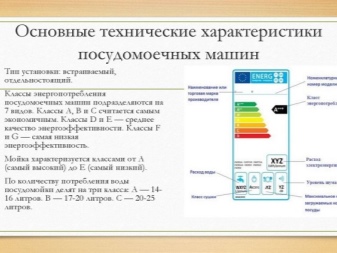
Full-size dishwashers play a significant role in the global and Russian markets. They are capable of cleaning 12-14 sets of dishes in one run. However, it cannot be said that each such device consumes a lot of water when washing in comparison with more compact options. The point is the availability of half-load options, in which real fluid consumption is reduced by 20-30%. Sometimes they can be reduced by up to 40%.
Important: you cannot count on a half reduction of this component in the vodokanal's receipt. There is a certain limit beyond which it is impossible to reduce the flow of water without compromising the quality of washing. The same is true for models that reduce costs through “smart estimation” of the load.
However, in the second case, in each specific run, the costs will be quite different. Therefore, it is mainly possible to evaluate the machines by the average consumption per month.
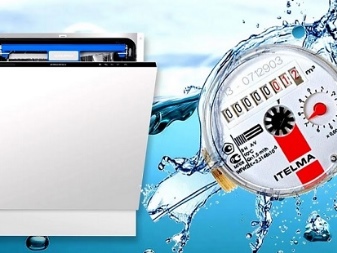

There is almost no sense to buy non-automatic dishwashers, there is no real savings when using them. Advanced automation - with water flow control - is found mainly in full-format and narrow versions. Among compact models, only premium products have such advantages. The exact functionality is determined by engineers separately for each modification. Still, there is a well-established set of options that are relatively well known to consumers and professionals. Thus, the automatic mode is suitable for washing all types of dishes. Consumption ranges from 6 to 11 liters. In economy mode, costs range from 8 to 9 liters.
If you have to wash the dishes intensively, add 1–2 l. Since in this case it is required to warm up the water strongly, electricity is also consumed intensively. But dishwashers can cope with fresh dirt in a special mode. It eliminates pre-wash. Therefore, the average fluid consumption (adjusted for the specifics of a particular situation) will be reduced to 7 liters. Duo Wash is only available on some of the suppliers. Simultaneous washing of heavily soiled and delicate dishes does not allow to predict the water demand unambiguously.
When using the OptoSensor, washing will proceed according to the specific water hardness.
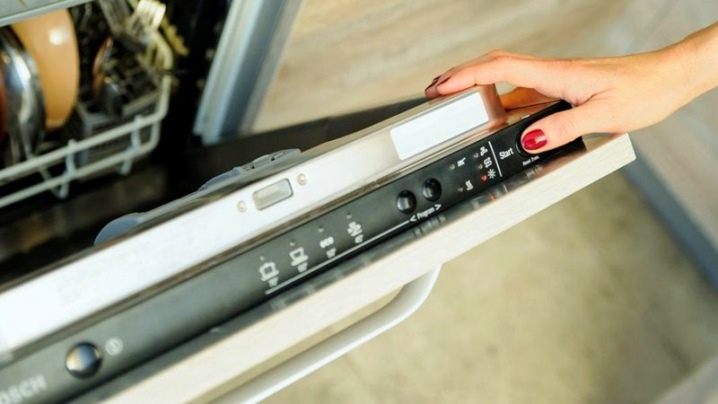
Taking into account the manufacturer
Well-known suppliers produce many versions of both stand-alone and built-in dishwashers, the latter are divided into floor-standing and compact versions. Therefore, the choice, including water consumption, is by no means easy. It is worth considering that even for 2 models of the same company, which formally belong to the same class, this indicator may differ significantly. It is believed that the best results are achieved with machines of the following brands:
- Electrolux;
- Candy;
- Siemens;
- Bosch.
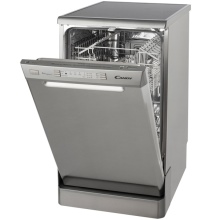
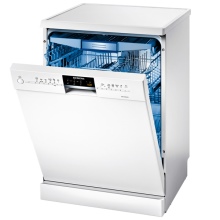
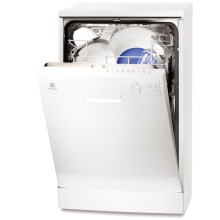
Candy CDP 2L952 W, for example, washes 9 dish sets and consumes 9 liters of water per cycle. It also differs in moderate power consumption. A freestanding device has decent performance in terms of drying and washing quality. There are 5 working programs, which is enough for most consumers.
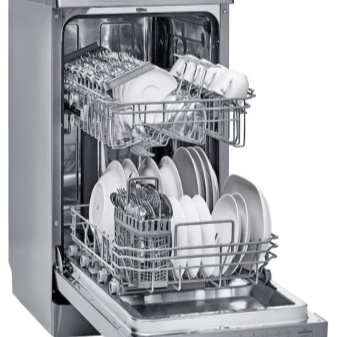
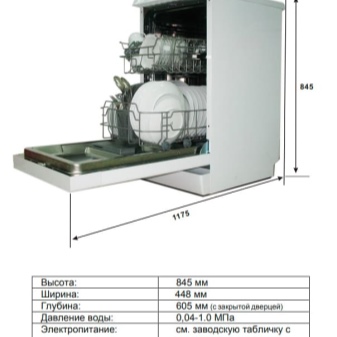
The alternative is a product from Siemens. More precisely, the SN 236I00 ME version. A cycle consumes 7 liters of water. The device is installed separately. The designers have provided 6 work programs. Other nuances:
- the Bosch device consumes an average of 10 liters per cycle;
- Siemens and Indesit - from 7 liters;
- at Ariston - from 8 to 10 liters;
- Kandy has the same minimum as Ariston, maximum 13 liters;
- at Beko, the indicator can reach 12 liters (this applies to full-size models).
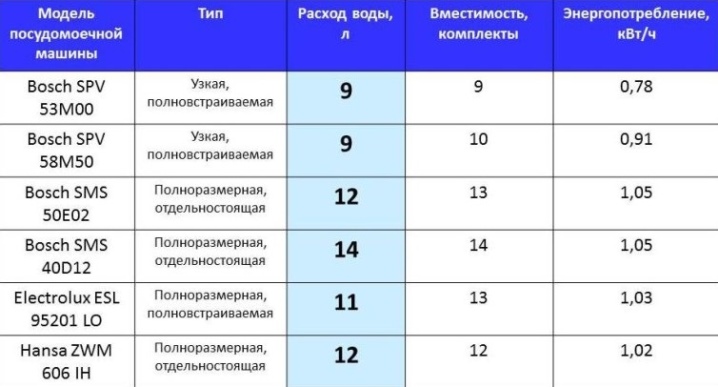
How to save?
Just choosing a lean dishwasher isn't enough. It is still necessary to use it correctly. For example, the half load mode, although it can reduce water consumption by about 40%, does not always provide sufficient cleaning of very dirty dishes. As a result, saving turns out to be an illusion, since you have to wash. Therefore, it is more correct to immediately choose the mode that best solves the task at hand.
It is advisable to load the dishwashers as much as possible. Of course, it is not necessary to collect the dishes for too long, but some reasonable balance can be found. It is very important to carefully study the instructions and recommendations of the manufacturer. Testimonials from other users can also help.
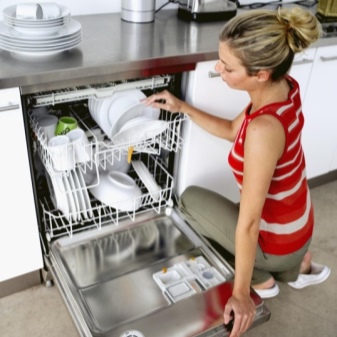
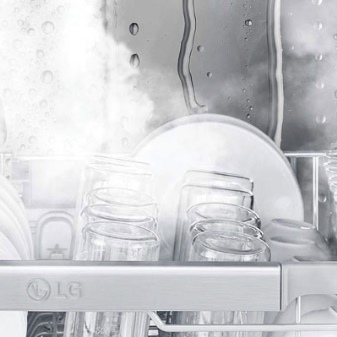













The comment was sent successfully.